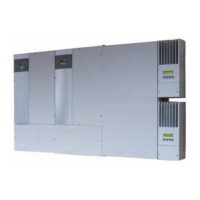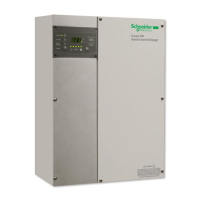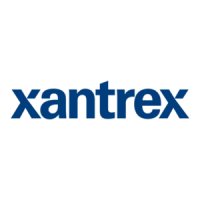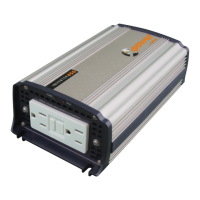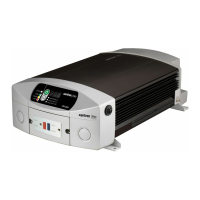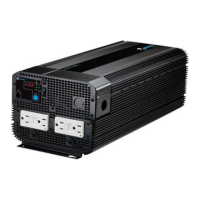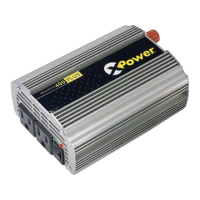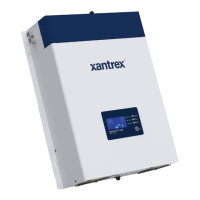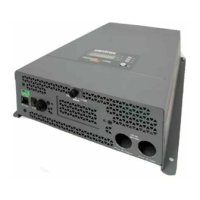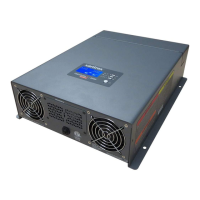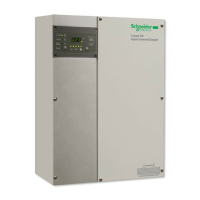
Do you have a question about the Xantrex XW4024-230-50 and is the answer not in the manual?
| Model | XW4024-230-50 |
|---|---|
| Type | Inverter |
| Output Voltage | 230 VAC |
| AC Output Voltage | 230 VAC |
| Frequency | 50 Hz |
| AC Output Frequency | 50 Hz |
| Output Frequency | 50 Hz |
| Efficiency | 93% |
| Waveform | Sine Wave |
| Output Power | 4000W |
| Continuous Output Power | 4000W |
Key safety guidelines and warnings to prevent injury or equipment damage.
Overview of the XW Hybrid Inverter/Charger's primary functionalities and capabilities.
Explanation of the unit's core operational modes and multi-unit interaction.
How the inverter handles and recovers from sudden load increases.
Safety feature preventing harm from distributed energy sources.
Introduction to monitoring methods using panels.
Description of the panel's buttons, display, and status LEDs.
Overview of the System Control Panel's features for monitoring.
How to monitor system status using the Inverter Information Panel.
Interpreting LEDs for AC input, inverter output, and battery charging status.
Identifying and interpreting fault and warning indicators.
Process for battery equalization and controlling unit power on/off.
Understanding battery level LEDs and the 3-character display.
Using the SCP for system monitoring and configuration.
Overview of SCP features, buttons, and screen navigation.
Accessing and interpreting system status and device home screen data.
Detailed interpretation of System Status, Home, and Meters screens.
How to access and use the SCP for setting up the unit.
Accessing and navigating the main setup menu for the unit.
Overview of basic and advanced configuration settings.
Configuration options for inverter operation modes.
Configuring low battery voltage protection and delay.
Configuring search mode and the charger menu options.
Understanding and configuring different battery charging stage modes.
Procedure for battery equalization and using the charger block feature.
Configuring custom battery types, AC inputs, and grid support.
Managing peak loads and utility charges based on time.
Configuring generator support and auxiliary output functions.
Settings for multi-unit systems and three-phase operation.
Managing network connections and copying unit configurations.
Restoring factory defaults and accessing advanced features.
Detailed electrical performance data and ratings.
Graphs showing overload operation time versus load.
How ambient temperature affects output power (derating).
Graphs showing efficiency under various operating conditions.
Efficiency curves for the inverter during operation.
Efficiency curves for the charger based on current.
Charging efficiency adjusted for power factor.
Efficiency curves when selling power to the grid.
Physical dimensions, weight, and environmental ratings.
List of available accessories and their part numbers.
Certifications and compliance standards for the unit.
Standards relevant to grid interconnection.
Overview of default configuration parameters and their allowable ranges.
Default values for inverter and charger configuration menus.
Default settings for battery types and AC input parameters.
Default settings for grid support and generator support features.
Default settings for auxiliary output and system connections.
